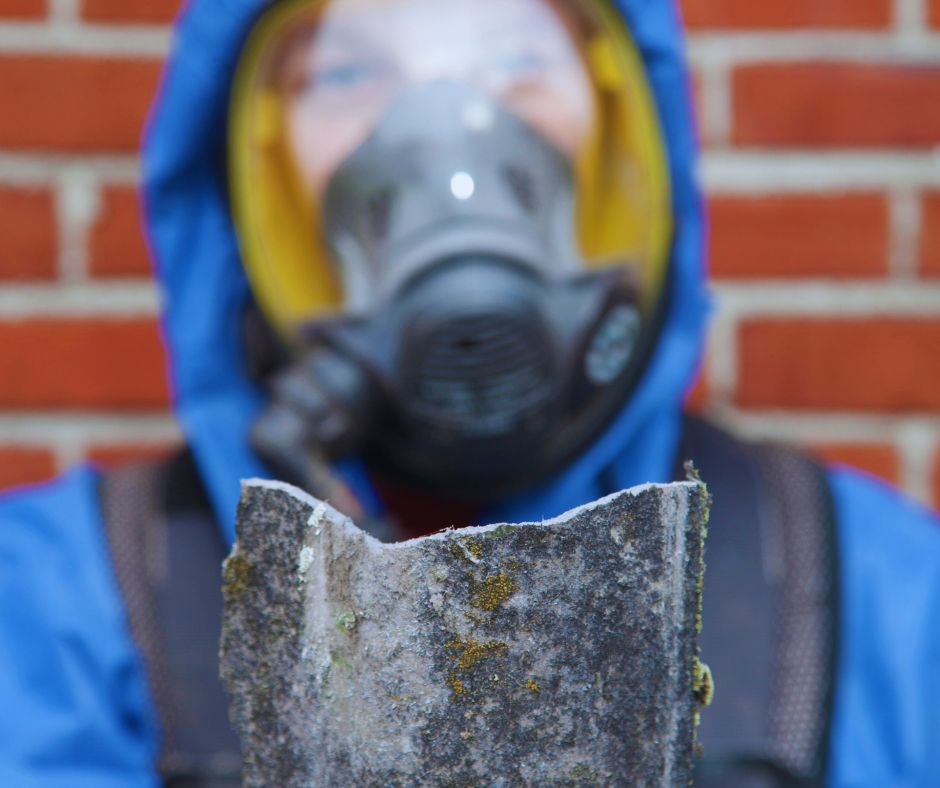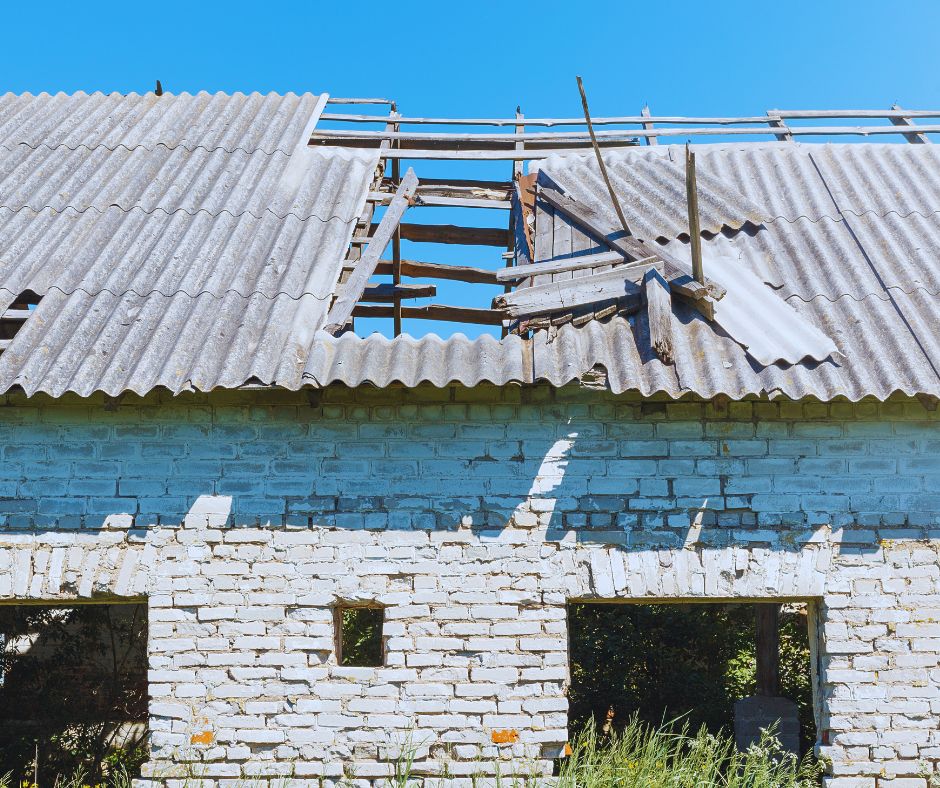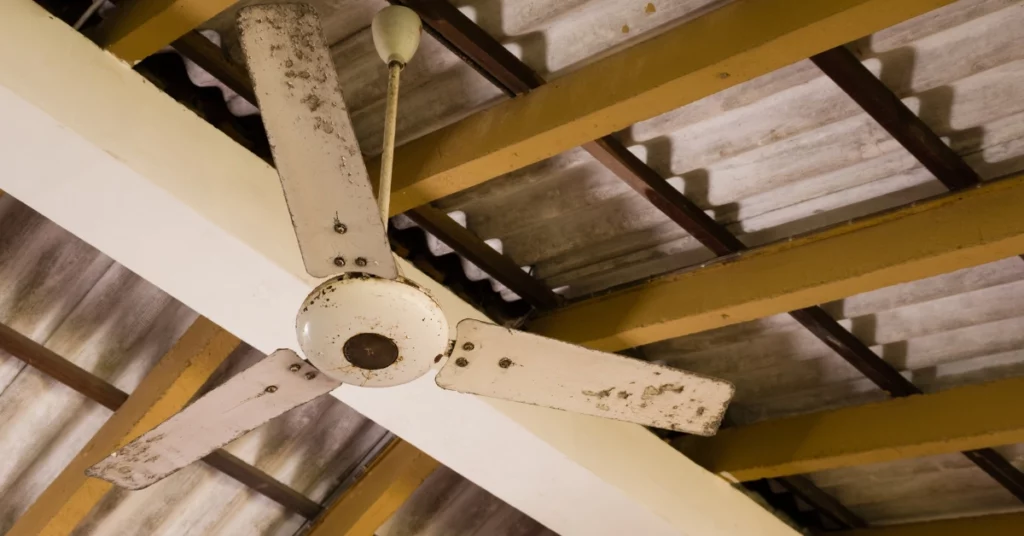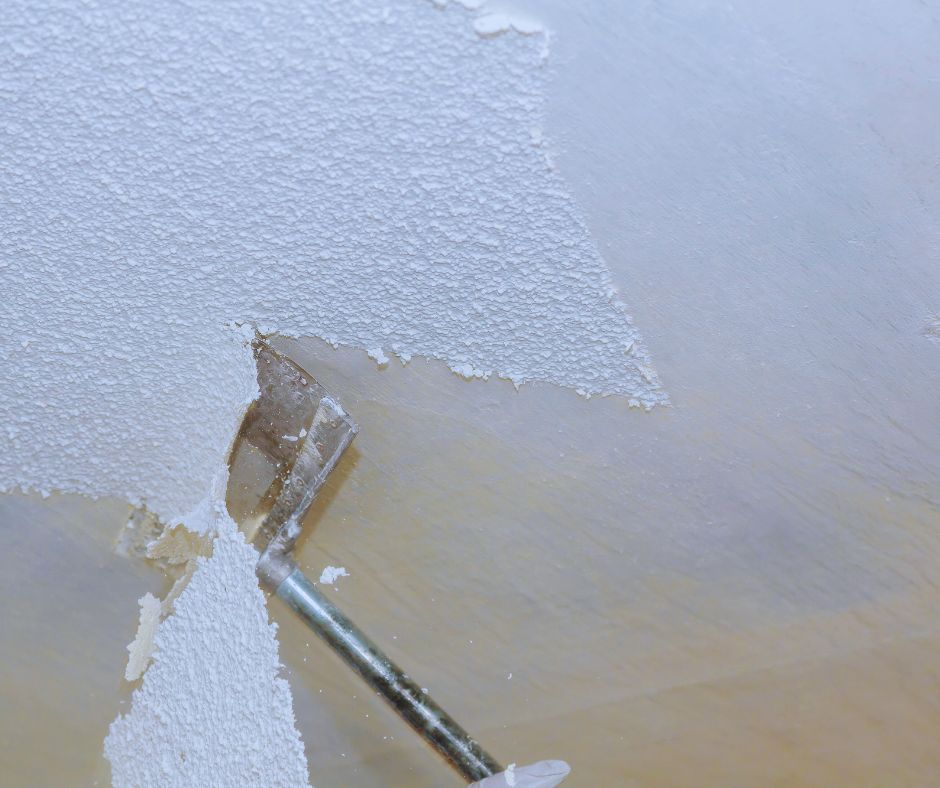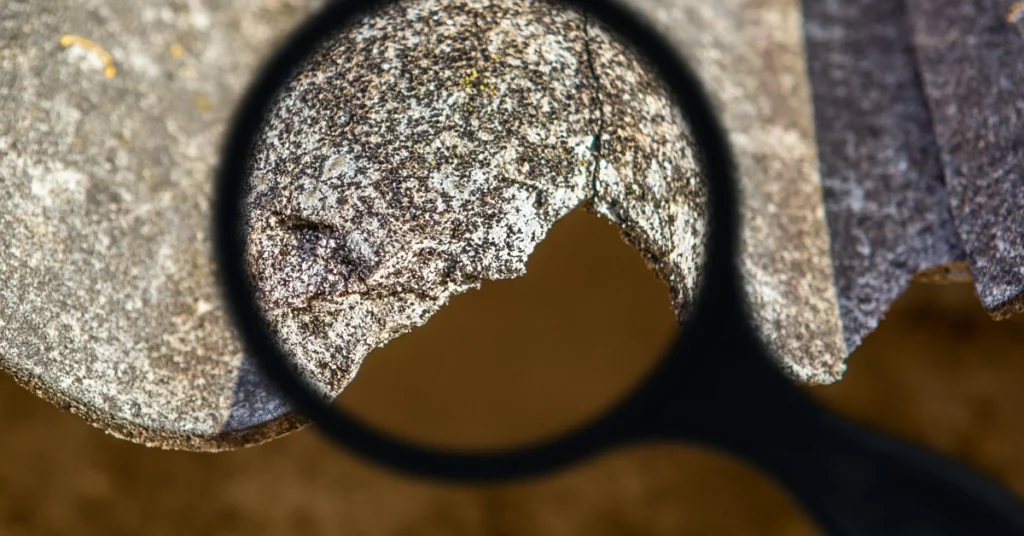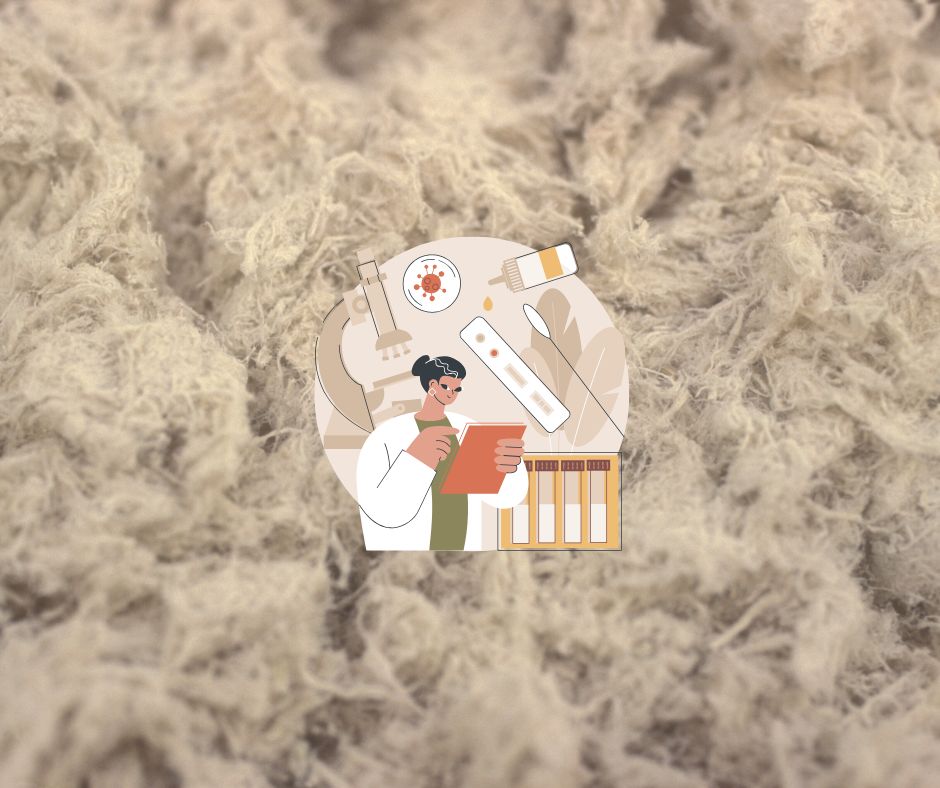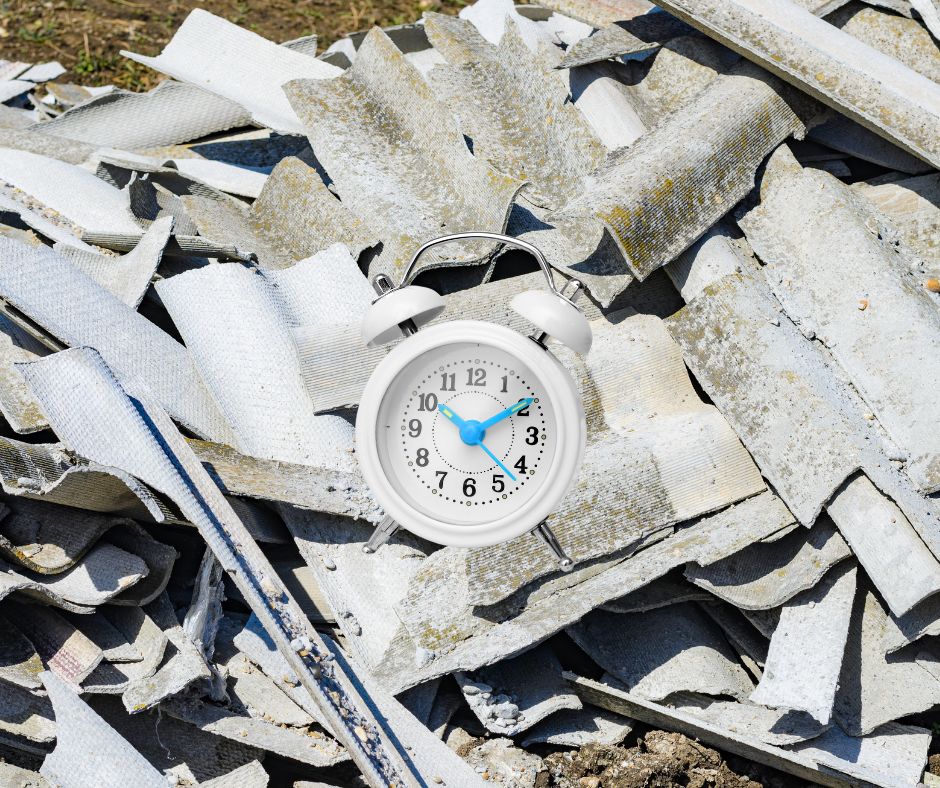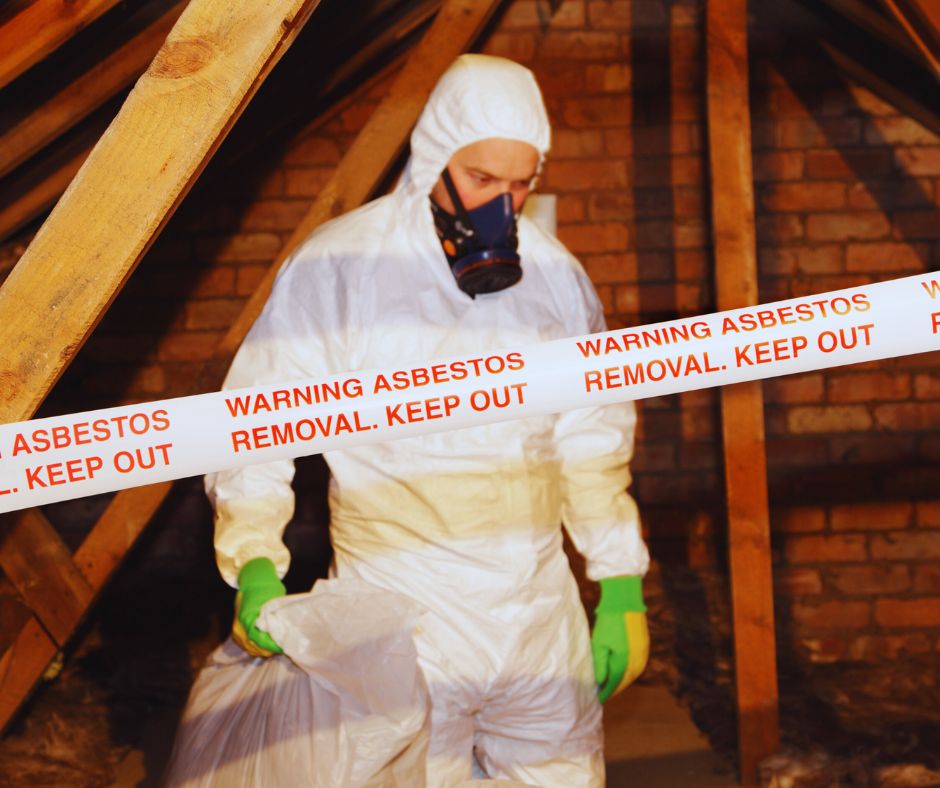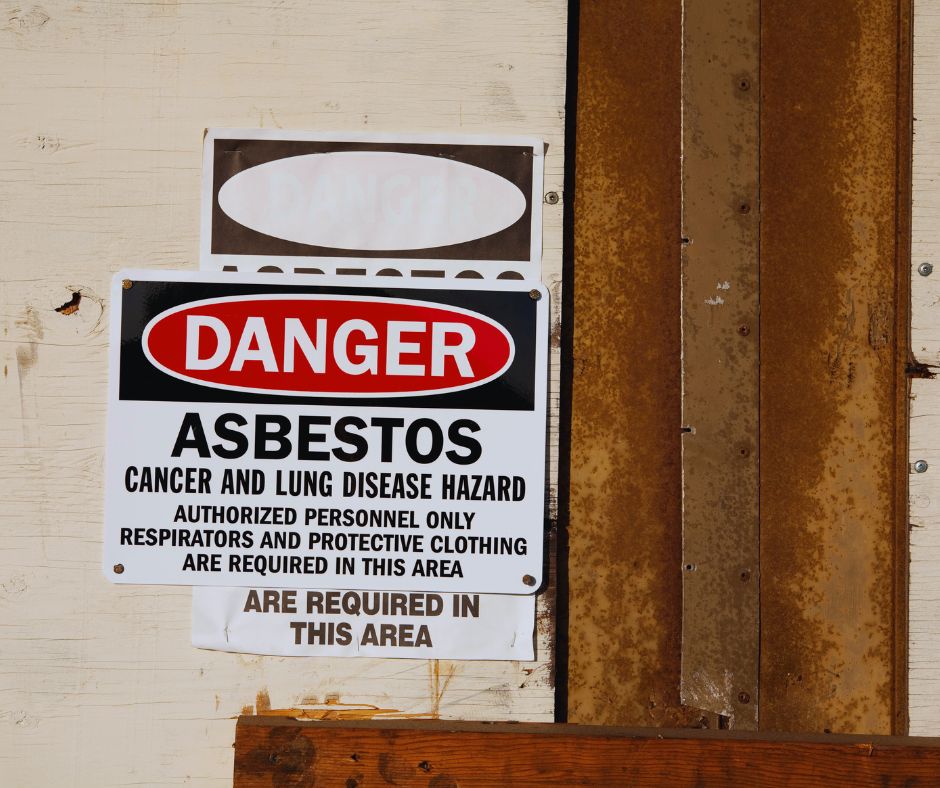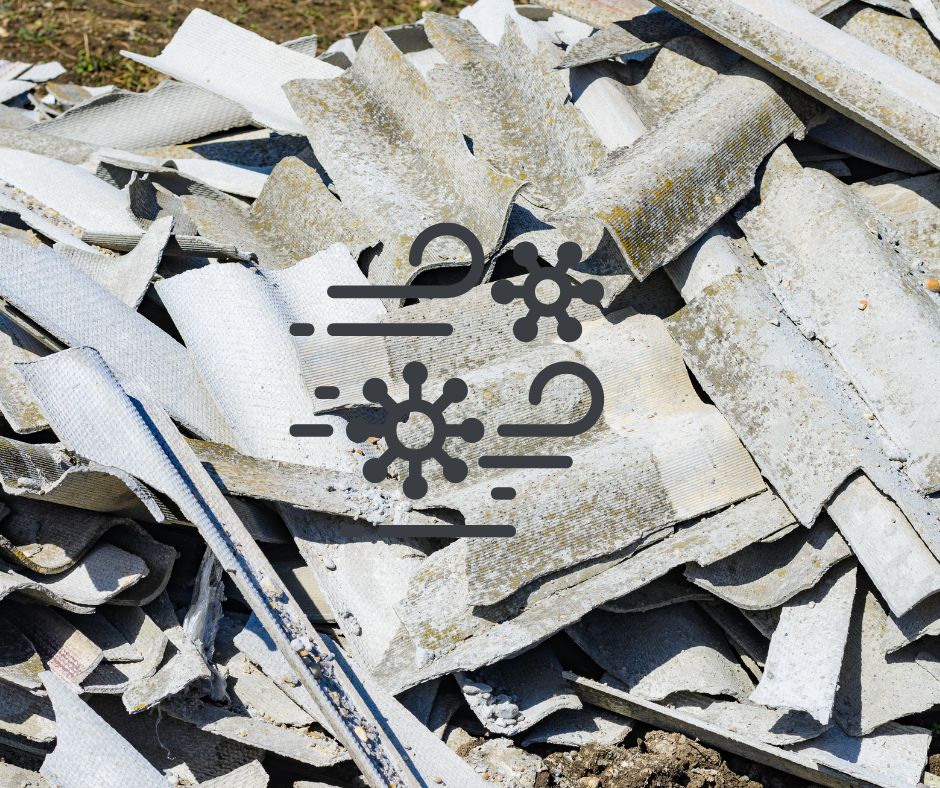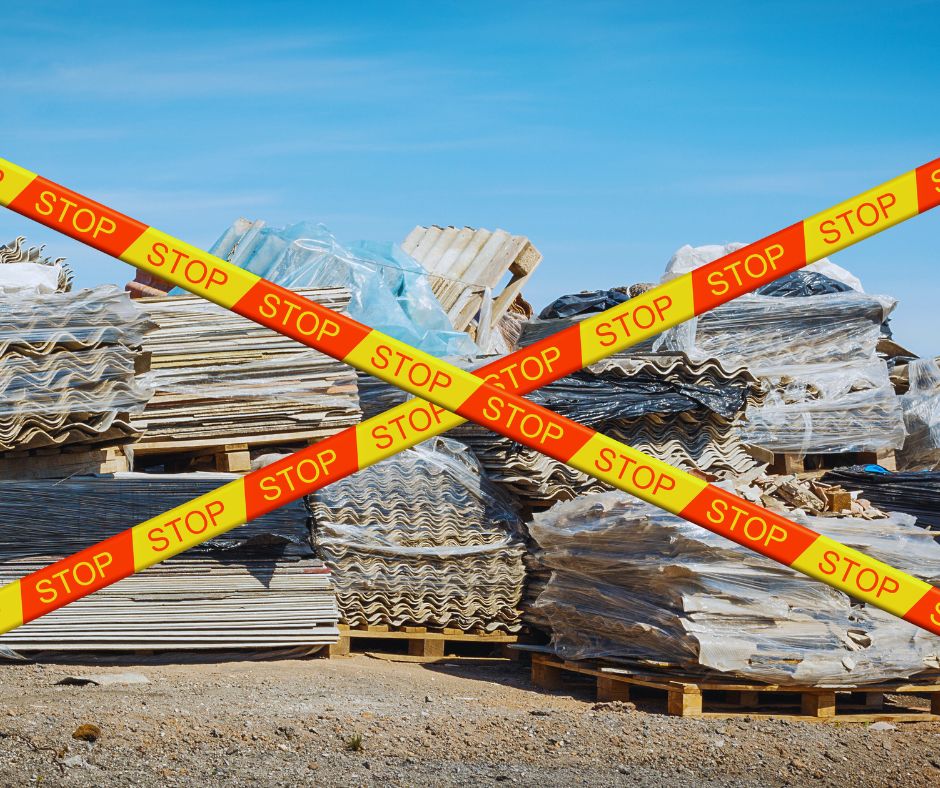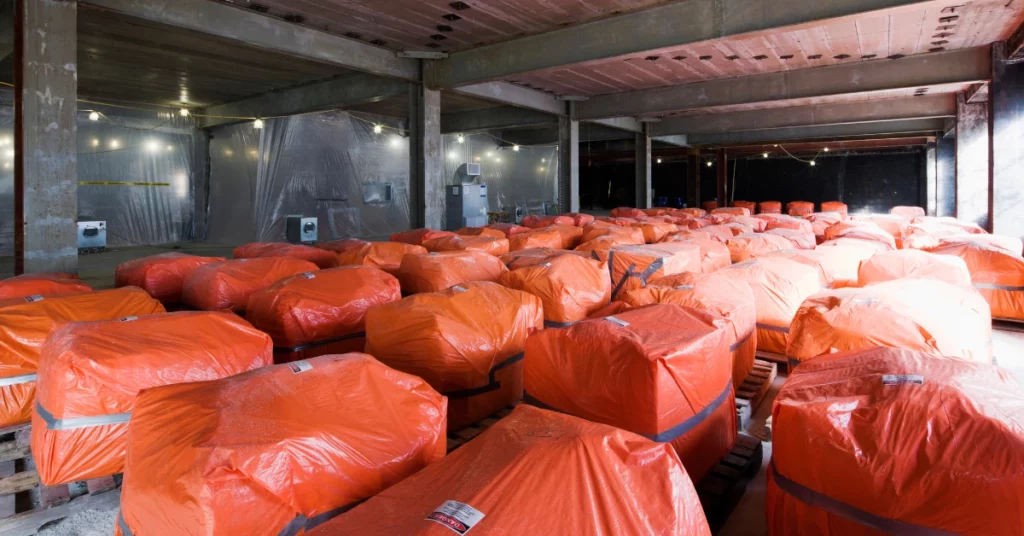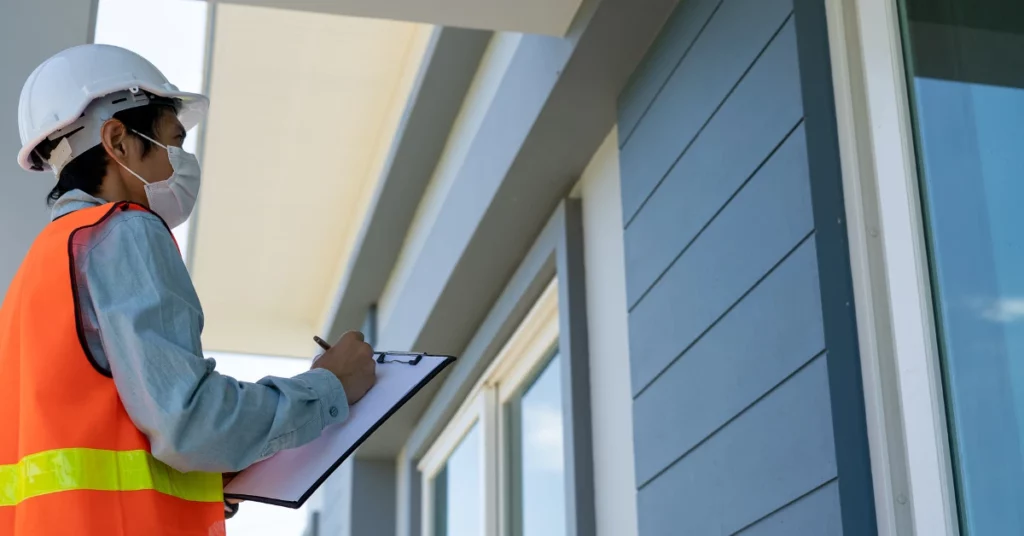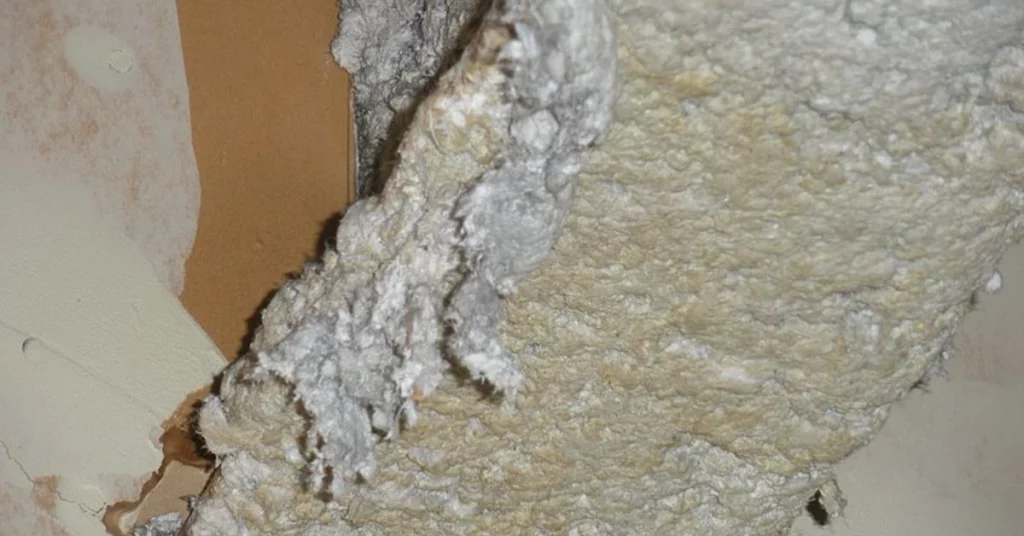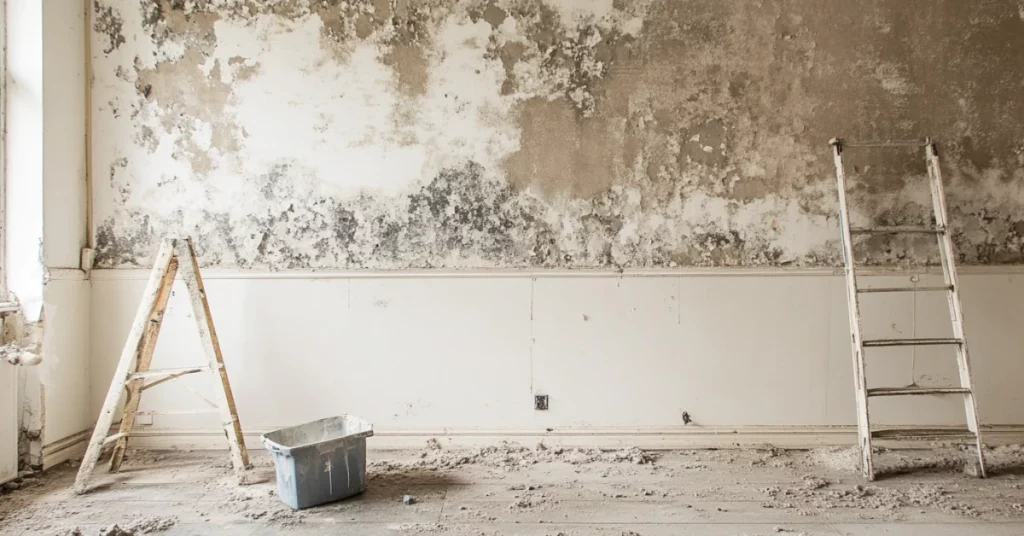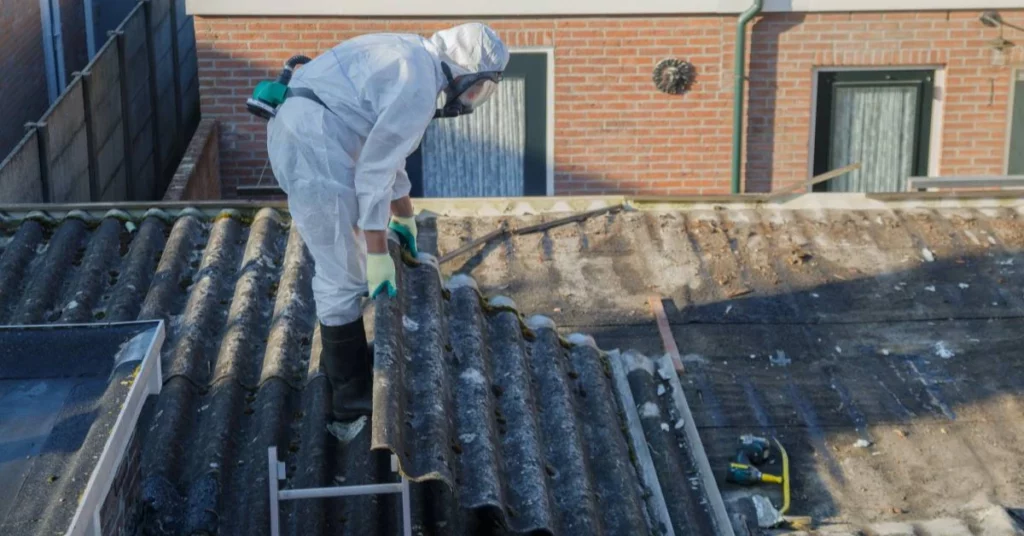The age of your home is a key indicator. Houses built before the 1980s, especially those constructed between the 1940s and 1970s, are more likely to contain asbestos-containing materials. During this period, asbestos was widely used in construction due to its fire-resistant properties and durability.
While a visual inspection can provide clues, it’s important to note that you cannot definitively identify asbestos by appearance alone. However, certain materials are more likely to contain asbestos. These include popcorn ceilings, old floor tiles (particularly 9×9 inch tiles), pipe insulation, and textured walls or ceilings.
Checking your home’s building records or original builder’s documentation may provide information about the materials used in construction. These records might indicate if asbestos-containing materials were incorporated into your home’s structure.
Asbestos was commonly used in specific areas of homes. These include attic insulation, areas around boilers and furnaces, vinyl flooring, and roofing materials. Being aware of these common locations can help you identify potential asbestos-containing materials.
If you suspect a material in your home might contain asbestos, it’s crucial not to touch or disturb it. Damaged or crumbly materials are of particular concern, as they’re more likely to release fibers into the air.
The most reliable way to determine if your home contains asbestos is to have a professional inspection. Certified asbestos inspectors can safely take samples for testing, providing definitive results.
The mere presence of asbestos-containing materials doesn’t necessarily pose an immediate risk. Asbestos is generally harmless when left undisturbed and in good condition. However, if you’re planning renovations or notice damaged materials that might contain asbestos, it’s essential to consult with asbestos professionals for proper assessment and potential remediation.




